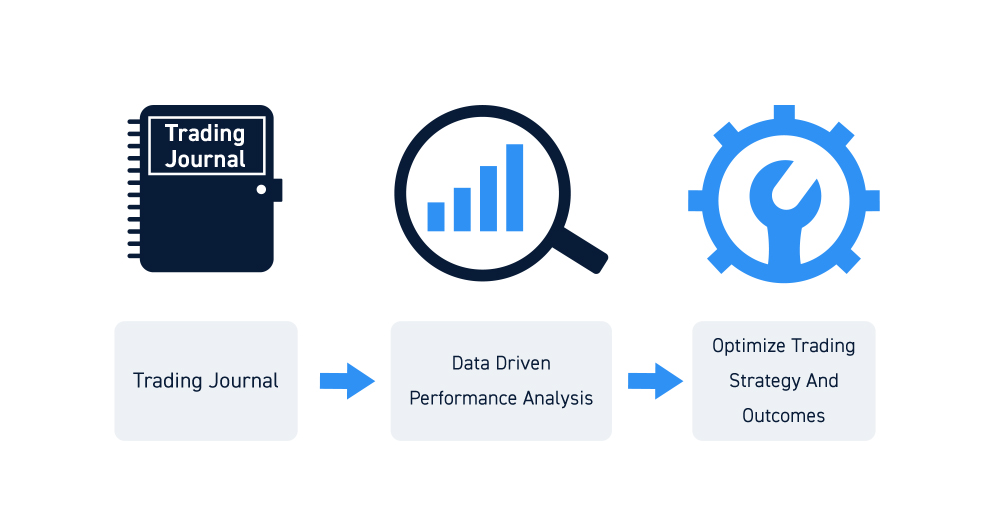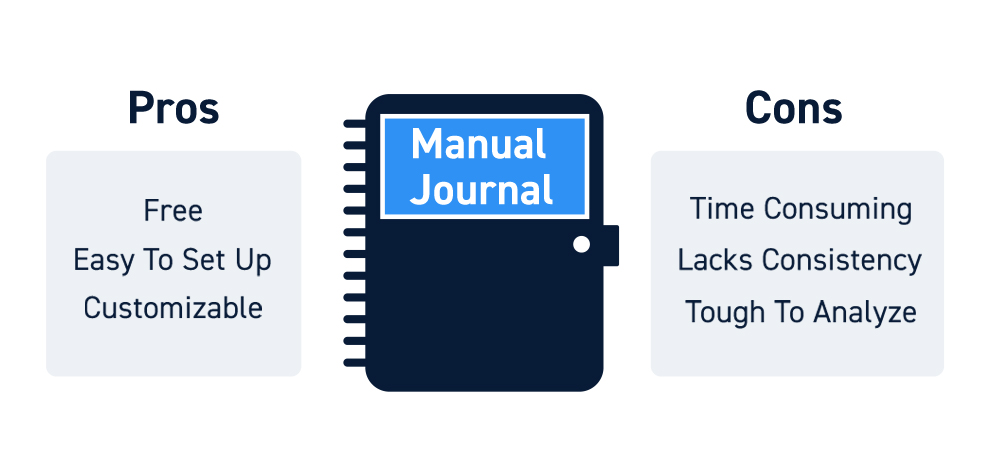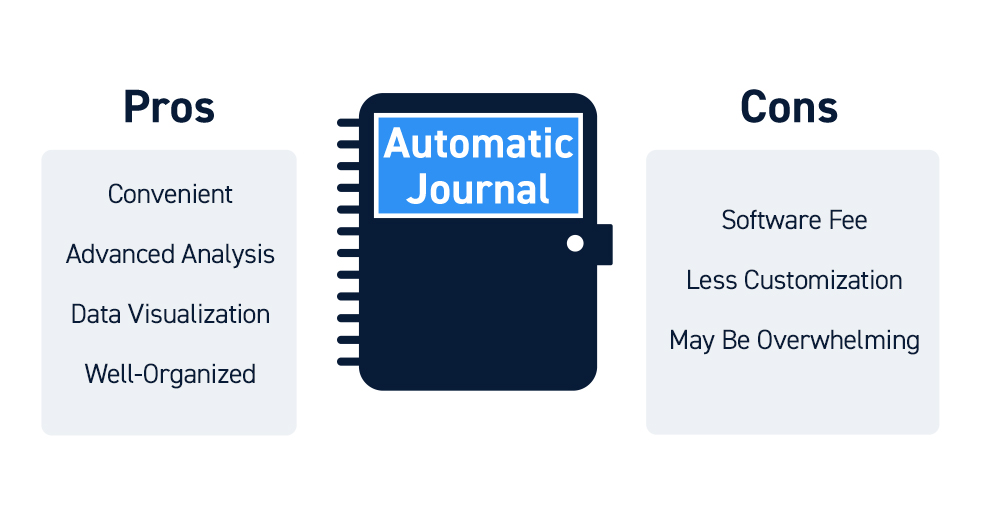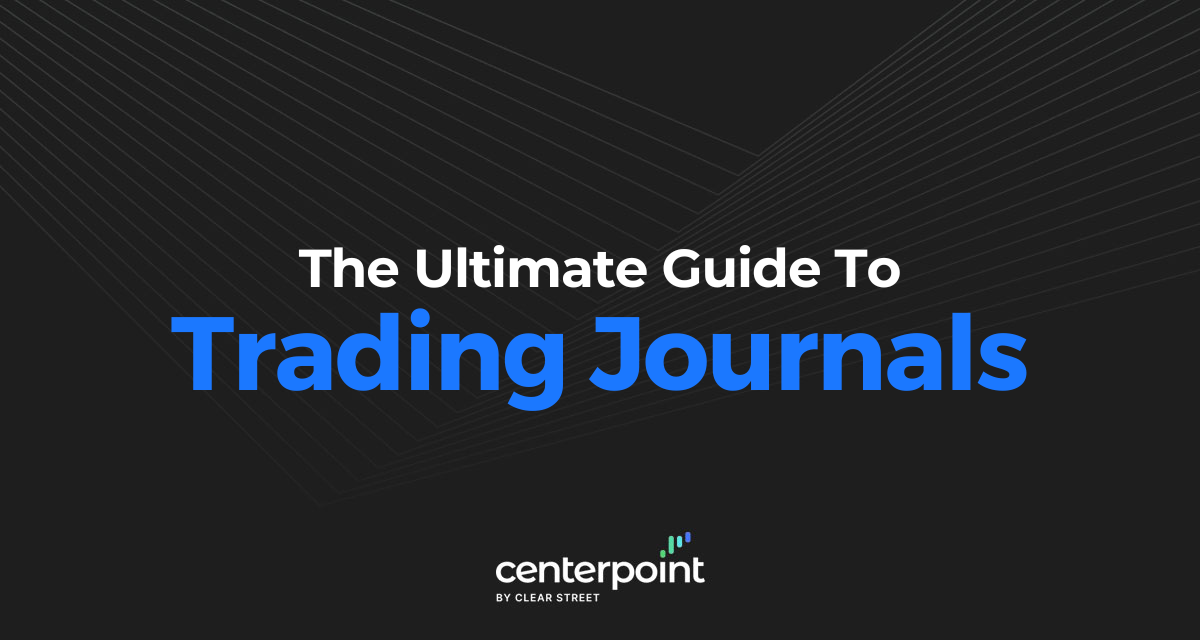Keeping a trading journal is one of the best ways to track your trades and gain valuable insights into your performance. The data can help you extract important metrics and underlying patterns that can help you optimize your results. While it may seem tedious, especially if you’re a very active trader, the value that can be derived can’t be understated. It is one of your most useful tools to track your history, just as you would use charts to track a stock’s history.
The Importance of Tracking Your Trades
Day trading success is a constant work in progress and relies on constant optimization of your strategies. Just tweaking your accuracy rate by 5% can have a profound impact on your bottom line. Since there are so many moving parts in the market and shifting paradigms, you will find that what works in some markets may fall flat in other market climates.
The mind can play tricks on you and, often times, you only remember the surface level details of trades. Your brain naturally filters out ever little detail, some of which may be the missing link to performance improvement.
Personal trading data can point out areas of strength and weakness. For example, data-driven performance analysis can identify where you are losing 80% of the times playing long trades during certain hours but are profitable 70% of the time when taking shorts during same time period. This information can help you optimize your strategy and improve outcomes to double down on strengths and avoid areas of weakness.

What is a Trading Journal?
A trading journal is a tool for logging and tracking your trades. It’s your personal trading data with which you can derive a multitude of insights to assist in optimizing your strategies, trade management as well as determining your strengths and weaknesses. There are two ways to keep a trading journal, manually or automatically.

Manual Trade Tracking
The benefits of manual tracking is that its free, easy to set up and customizable to your needs. Since you are personally posting the trades, it helps you reflect on your personal experience including emotions going through your mind as well as how well you executed your game plan and the conditions present during the trade. A manual journal is the most intimate and personalized type.
Tools
Manual tracking can be done by hand using just a notebook and pen. You can also use a word document or spreadsheet if you prefer. The downside of manual tracking is that it can be time consuming, lack consistency (especially using just a notebook) and may be tougher to analyze the data. However, it is the most intimate and personalized method of keeping a journal. It takes discipline to maintain consistency and an open mind to derive insights.

Automatic Trade Tracking
For those who prefer a more modern and streamlined approach, there are many software programs and services that will automatically track your trades either by data dump or in real-time. These are more convenient and consistent, but come at a cost, usually a subscription fee.
The more customizable the data filters and span of features (like customized reports), the more you can expect to pay. Software analyzes more variables and the consistency of the data enable more accurate interpretations along with graphs and performance charts to visualize your data. Using number crunching data analytics, software can find the hidden patterns and correlations in your trading and even provide suggestions using artificial intelligence.
The costs and learning curve that come with analyzing your data using software tools is the biggest hindrance. Also, your data may be stored on the cloud which can be convenient but also prohibitive if you lose access when you cancel your subscription. Make sure you can download your data and reports.
For newbies, this may be overkill so it’s a good idea to start by hand and work your way up to automation if the need occurs. Automation is most suitable for high volume active traders as opposed to swing traders that only make a handful of trades a week.

Trading Journal Templates
First off, your trading journal should include information that is relevant to you. This varies by trader. If you wish to include additional observations that you feel impacted your trading, then by all means include them (i.e. high fever that day).
Your trading journal should follow a basic template that is insightful and easy to analyze. Here are the basics for a trading journal template:
Entry Price
What was your average price on the entry or opening of the trade? Did you take a one-shot entry or scale in at multiple levels? Include the average price of your position and make sure to include each entry price and size.
Exit Price
What was your exit price on the closing of the trade? Did you scale out of the trade? If so, make sure to post the price and size of the exits and the average price you close out the trade. Avoid the urge to justify the rationale here.
Profit or Loss
What was your net profit or loss on the trade in terms of both price (IE: + $0.50) and dollar amount (IE: + $250)? This helps you determine the success of the trade.

Initial Game Plan
Here’s where you want to detail the rationale for making the trade. Include specific chart pattern set-ups and the triggers as well as original profit target and stop loss. Try to include as much detail as possible both technically (IE: reversion bounce off the daily 200-period moving average) and fundamentally (IE: same store sales beat consensus estimates).
One thing that traders tend to leave out is the market trading climate. Was the market rising or falling when you opened the trade? (IE: The S&P 500 was falling towards the 5-period moving average support on the 60-minute chart.)
Notes and Takeaways
Here’s where you have to be as honest and objective as possible. This is where you provide an assessment of your performance not based on profit or loss, but reaction and execution. Ask yourself the following questions:
- Did you follow the game plan? If not, why? (IE: No, the bids dropped too fast.)
- Did you have to adjust the game plan? If so, why? (IE: Yes, had to wait for a reversion bounce off the 15-minute support.)
- Did you react too soon, too late or properly? (IE: Jumped the gun on the entry, but scaled in before the stochastic bounced at support)
- How did you execute your plan (Rate from 1 to 5 stars)? (IE: 4-stars. Captured profits into the bounce near the upper Bollinger Bands.)
- How could you have improved the trade? (IE: Next time, I will wait for the 1-minute stochastic to cross up through the 20-band first to gain tailwind on the entry. I will also get a bounce first on the S&P 500 index for further tailwinds.)
How to Use a Trading Journal Properly
As you can see, the process of entering details with your game plan, notes and takeaways can provide the context for the trading data. The conscious practice of reflecting on the details and assessments of your trades strengthens your trading template.
The process of reconciling the details exercises your brain to make you familiar and aware in hindsight to foster better foresight. This is after all what you do when reading a chart, right? Take historical trading data to speculate on the direction and magnitude of future price action. The same applies with your trading journal, you are analyzing yourself.
To make the most use of your trading journal, make sure you follow through with the process of logging every trade as outlined. Be honest and objective. You aren’t sharing the information with anyone but yourself. The purpose is to gain insights into your performance so that you can improve it through optimization. Don’t beat yourself up on losing days, that’s when you can gain the most insights. Consider it the cost of improvement. Most importantly, be sure to review your journal regularly. It’s only useful if you review it regularly.






